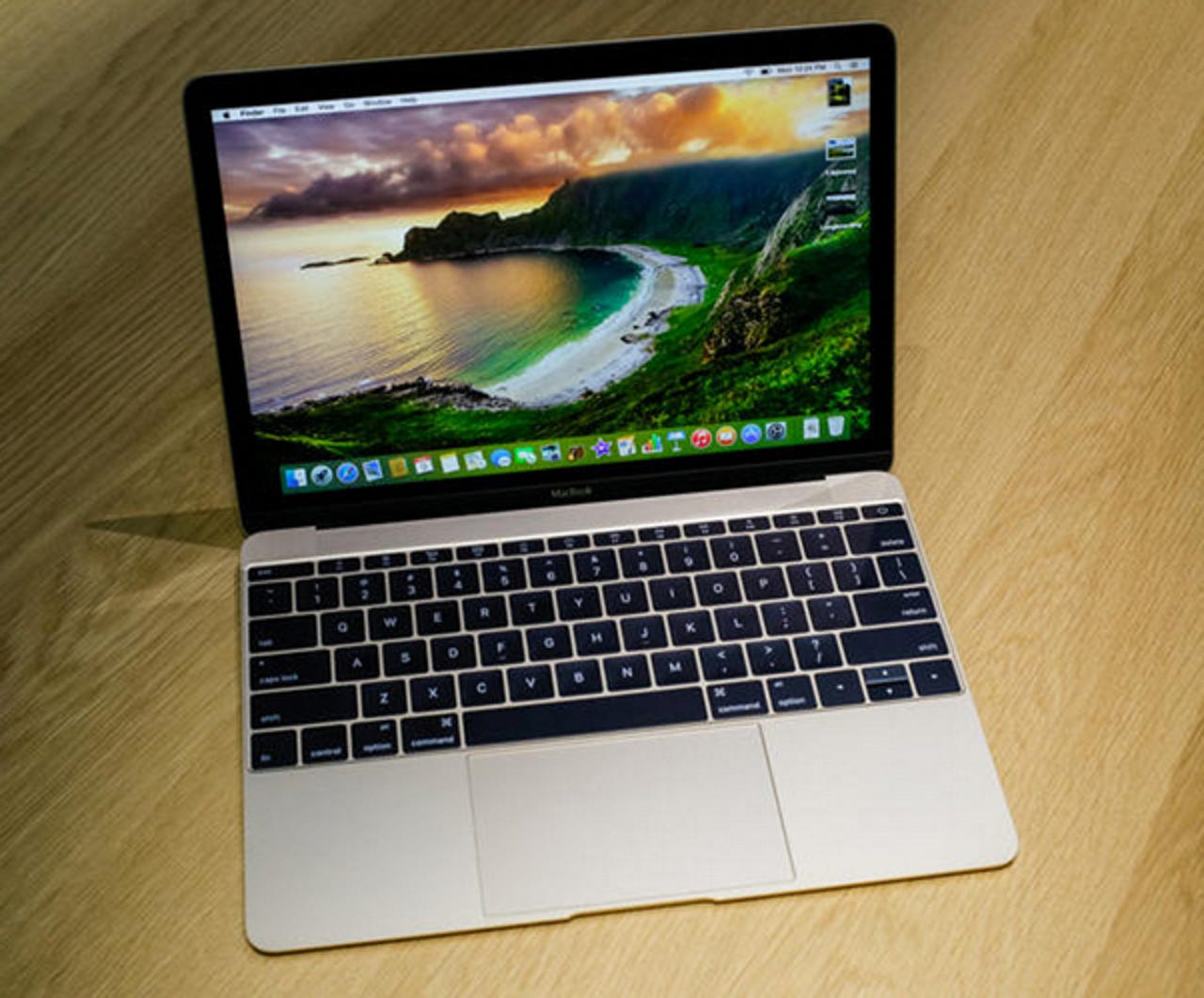MacBook scorecard: 5 compromises, 5 triumphs

Building such a thin notebook is an engineering feat that requires some give and take in the design and construction. Some key compromises were made by Jony Ive's team, and prospective buyers will have to decide if they are too big to overlook.
The MacBook with its 12-inch screen is closest in size to Apple's 11-inch MacBook Air. The trade-offs that were made in the new MacBook design put it head-to-head against the MacBook Air.
More MacBook
In no particular order, here are five areas that Apple chose to compromise in the MacBook design:
1. Intel Core M processor - When a laptop reaches a certain thinness, the issues of space, heat, and power consumption work together to create a big engineering problem. Apple's approach to deal with them is to drop the Intel Core i5 or i7 processor in favor of the newer Core M.
The Core M is a power-stingy (5W) processor that is fanless and generates little heat compared to the Core i5 or i7 as found in the MacBook Air. It allows Apple to make the logic board one-third the size of that in the Air, something that had to be to make the new MacBook as thin as it is.
While my experience with Windows laptops with a Core M processor has been positive, some may find it too big a step back from the faster Core ix.
2. Battery life - The processor concession and the smaller logic board it is attached to open up a lot of additional space inside the cramped notebook. This allows Apple to fill it with additional batteries, even using a new terraced design to fill it completely.With the extra space for batteries and the concession of the lower power processor, you'd expect the new MacBook to offer more battery life than the MacBook Air, but that's not the case. The 9 - 10 hours quoted by Apple is the same as that of the thicker MacBook Air. While that is probably all day battery life for most, it feels like a step back given all the work to put more battery in the thin casing.
3. Ports - The thin side of the MacBook base doesn't have any room for ports, so Apple excluded them. The one port is the new USB-C that has been engineered to provide power, USB, VGA, Display, and HDMI.
As impressive a feat as making one port serve five functions, you can only plug in one thing at a time which reduces the usefulness. Apple sells a dongle to extend the port's usefulness, but that's $79.
The new port means the end of the tried and true Magsafe power connector that Apple made famous years ago. That connector is a safety feature that pops out when someone trips over the power cord, preventing damage to the laptop. I guess now such a trip may yank the new MacBook to the floor.
4. Web cam - The Facetime camera on the new MacBook is a measly 480p which is pretty low for a premium notebook. Even the iPhone's front camera has a higher resolution than that of the new MacBook.
5. Keyboard- The last compromise made with the new MacBook may not be much of an issue for some. To make the notebook as thin as it is, Apple had to lower the profile of the keyboard. Keys are shorter as a result, and some early hands-on reports find them to feel different from other keyboards.
While it takes a short while to get used to the key height and the new "butterfly" key design, reports say the keyboard is good to use after a while. It might be worth trying the keyboard in an Apple Store to determine how big of a compromise this is for each individual.
Next: The good stuff (it's not all compromises)
The good stuff
The new MacBook is not all about compromise, Apple has engineered some pretty cool stuff, too. Here are five pluses of the new MacBook over the MacBook Air:
1. Retina Display - Folks have long wanted a high-resolution display on the Air, and Apple put a nice one on the MacBook. It has the tiniest of bezels around it, allowing the notebook to be roughly the same size as the 11-inch MacBook Air. It does this and still has a slightly bigger display.
Featured
2. Trackpad - MacBooks have long been famous for having nice, big trackpads and the new MacBook takes it up a notch. It's bigger than those on earlier MacBooks and offers a better all-over clicking surface. It also features the new Force Touch function which allows extra control in apps when pressed harder.
3. Keyboard - While some may not like the keyboard for the reasons mentioned earlier, Apple has spread the keys all the way to the edge of the device. This makes the keyboard wider and fully sized like those on larger laptops.
4. Thin, light - While making the MacBook so thin and light resulted in some compromises, many will find the trade-off worthwhile. The new MacBook weighs only two pounds and is almost as thin as the iPad Air 2.
5. More memory and storage - The MacBook comes standard with 8GB of memory for running apps, and 256GB of storage. These capacities are double those of the entry-level MacBook Air.
